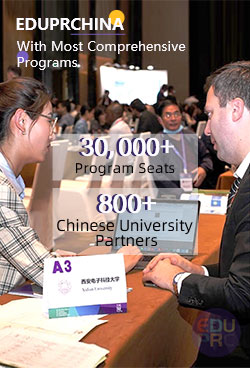Meng Haoren: His Times
Historically, Meng Haoran lived near the peak of the golden age within the Tang Dynasty. He was born shortly before the reign of Empress Wu Zetian (ruled 690-705), known for her ruthless ways and for being China’s only ruling empress. But for most of his life, the reigning emperor was Xuanzong, who ruled from 712 to 756. During this time China’s population was around 50-60 million people, though 80-90% of them lived outside the large cities, like the capital Chang’an. The reign of Xuanzong can be divided into two parts: the first was called Kai Yuan (712-742AD), which means to open the sources of income and regulate the flow of expenses. A prosperous and peaceful time for the empire. And the second part was known as Tianbao (742-756 AD), the Heavenly Treasure.
This was a time period when the imperial examinations were used to select candidates for the prestige and economic well-being of holding a government position in the bureaucracy. One of the exams, called mingjing, concentrated on knowledge of the Confucian classic texts. The other exam, jinshi, tested writing skills in both essays and poetry. Informally, and probably more indiscriminately, other characteristics were used to judge the candidates: calligraphy skills, appearance and speech. These final criterion could often be used to select the men from the aristocratic families favored by the imperial institution. This may be the area where Meng Haoran was judged to be insufficient, and thus fail the examinations.
During Meng’s lifetime, not only were Confucian values and principles still observed, but also the then ancient Daoism, and the foreign import of Buddhism. Together they are know as the Sanjiao, the Three Beliefs, or the Three Teachings. After reading most of Meng Haoran’s body of work, one can see that all three of these traditions are prominently expressed. Meng also was influenced by reading the Wen Xuan, by Xiao Tong (501-531). It is the oldest surviving anthology of Chinese literature, including 761 pieces of prose and verse, ranging from the fourth century BC to the sixth century AD.
Some of the cultural and historical Chinese commentators have expressed that the invasion of Buddhism from the west (India) in the early centuries of the Christian Era had a negative and polluting influence upon the Confucian society. The more non-Chinese, Western perspective most likely would have quite the opposite opinion. In this view, the new ideas coming from outside the empire had a revitalizing and stimulative effect. Some have even called the Tang Dynasty China’s first Renaissance. Considering that the vast majority of historians have considered the Tang period to be China’s Golden Age, the second opinion appears the most persuasive.
 STUDY IN CHINA GLOBAL (SCG)
STUDY IN CHINA GLOBAL (SCG)


